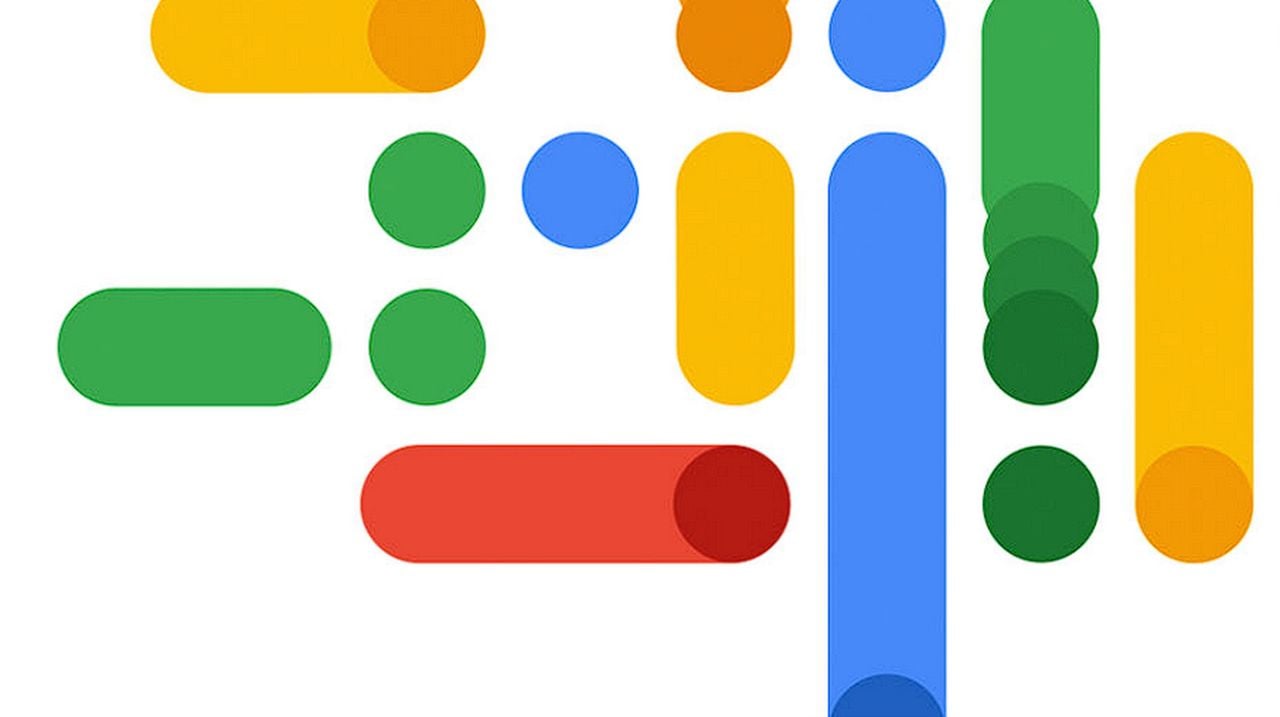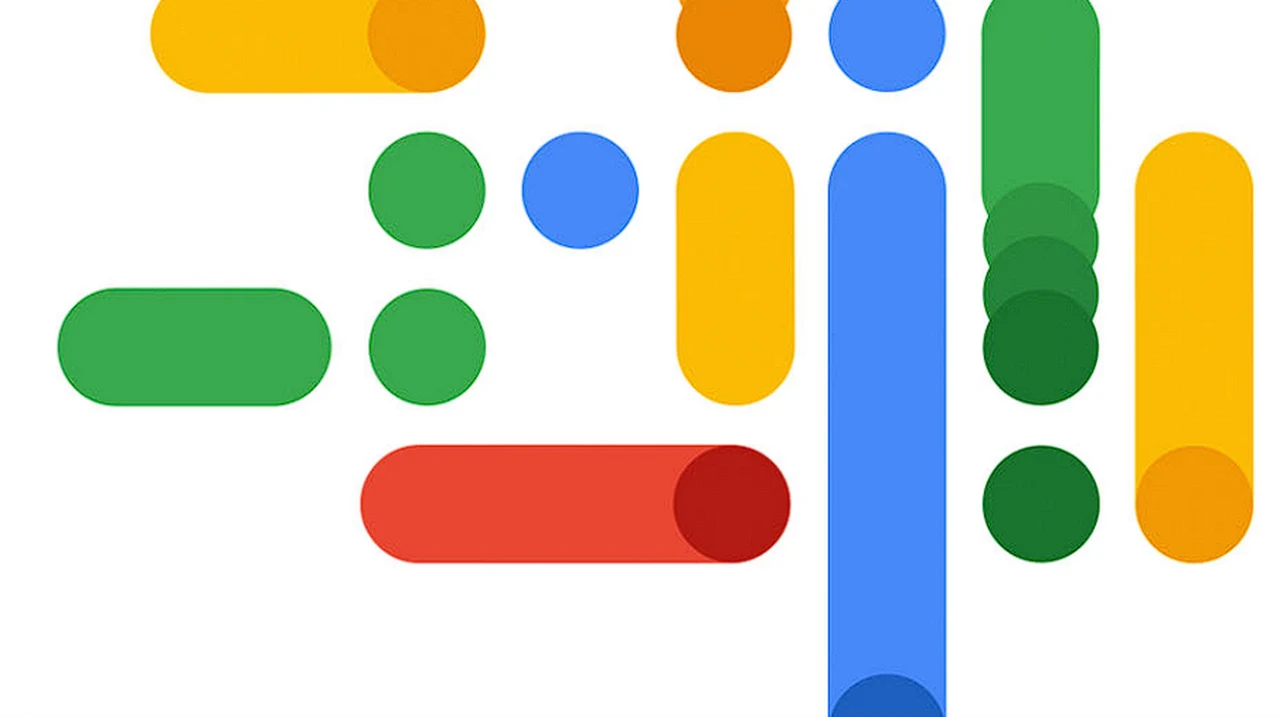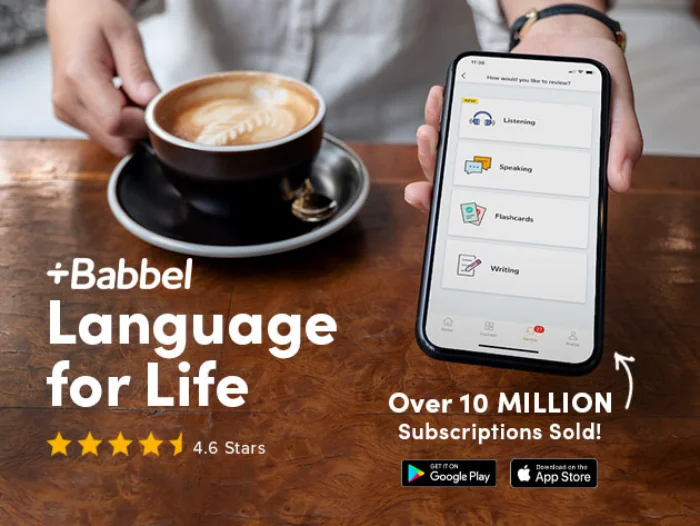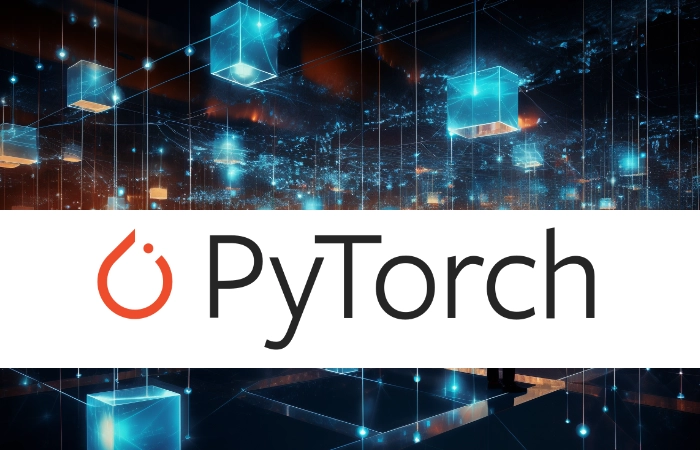Vertex AI is a comprehensive machine learning platform by Google Cloud, provides an all-inclusive suite of tools and resources for the creation, deployment, and customization of machine learning models and AI applications. This platform amalgamates data engineering, data science, and machine learning engineering workflows, thereby facilitating team collaboration and application scaling using the robust infrastructure of Google Cloud.
One of the key features of Vertex AI is AutoML, which allows users to train various data types without having to write any code or prepare data splits. This feature is particularly beneficial for those who may not have a deep understanding of machine learning but want to leverage its capabilities. The platform also supports custom training, offering users full control over the training process, which is essential for experienced data scientists and machine learning engineers who prefer to fine-tune their models.
In addition to training models, Vertex AI provides a Model Garden. This is a repository where users can discover, test, customize, and deploy both Vertex AI and open-source software models. This feature significantly simplifies the process of model deployment and accelerates the overall development lifecycle.
Generative AI
Generative AI, another significant feature of Vertex AI, offers access to Google’s large generative AI models for multiple modalities. This feature allows users to generate new data that mimics the input data, enabling the development of more creative and innovative AI applications.
For managing and scaling projects throughout the machine learning lifecycle, Vertex AI offers MLOps tools. These tools automate many of the repetitive tasks involved in machine learning workflows, thereby enabling users to focus more on the strategic aspects of their projects.
What is Vertex AI?
Vertex AI offers everything you need to build and use generative AI—from AI solutions, to Search and Conversation, to 100+ foundation models, to a unified AI platform.
Other articles you may find of interest on the subject of Google Vertex AI and other AI tools.
The Vertex AI SDK for Python is another key feature that allows users to run the entire machine learning workflow in Vertex AI Workbench. This Jupyter notebook-based development environment provides a familiar and intuitive interface for data scientists and machine learning engineers to work with.
Data preparation is an integral part of the machine learning workflow in Vertex AI. It involves extracting and cleaning datasets, performing exploratory data analysis, applying data transformations and feature engineering, and splitting the data into training, validation, and test sets.
AI Model training
Once data preparation is complete, users can proceed to model training. They can choose a training method, tune the model for performance, and register trained models in the Vertex AI Model Registry. After the model training, users can evaluate the trained models, make adjustments based on evaluation metrics, and iterate on the model to improve its performance.
Once a model is trained and evaluated, it can be deployed to production using Vertex AI’s model serving capabilities. Users can get real-time online predictions or asynchronous batch predictions, depending on their specific requirements.
Finally, model monitoring in Vertex AI involves keeping track of the performance of deployed models and retraining them for improved performance using incoming prediction data. This continuous monitoring and improvement cycle ensures that the models remain effective and accurate, even as the underlying data changes over time.
Vertex AI by Google Cloud is a comprehensive machine learning platform that provides a wide range of tools and resources for training, deploying, and customizing machine learning models and AI applications. Its features, such as AutoML, custom training, Model Garden, generative AI, MLOps tools, and the Vertex AI SDK for Python, make it a robust and versatile platform for both beginners and experienced practitioners in the field of machine learning and AI.
Filed Under: Guides, Top News
Latest timeswonderful Deals
Disclosure: Some of our articles include affiliate links. If you buy something through one of these links, timeswonderful may earn an affiliate commission. Learn about our Disclosure Policy.











